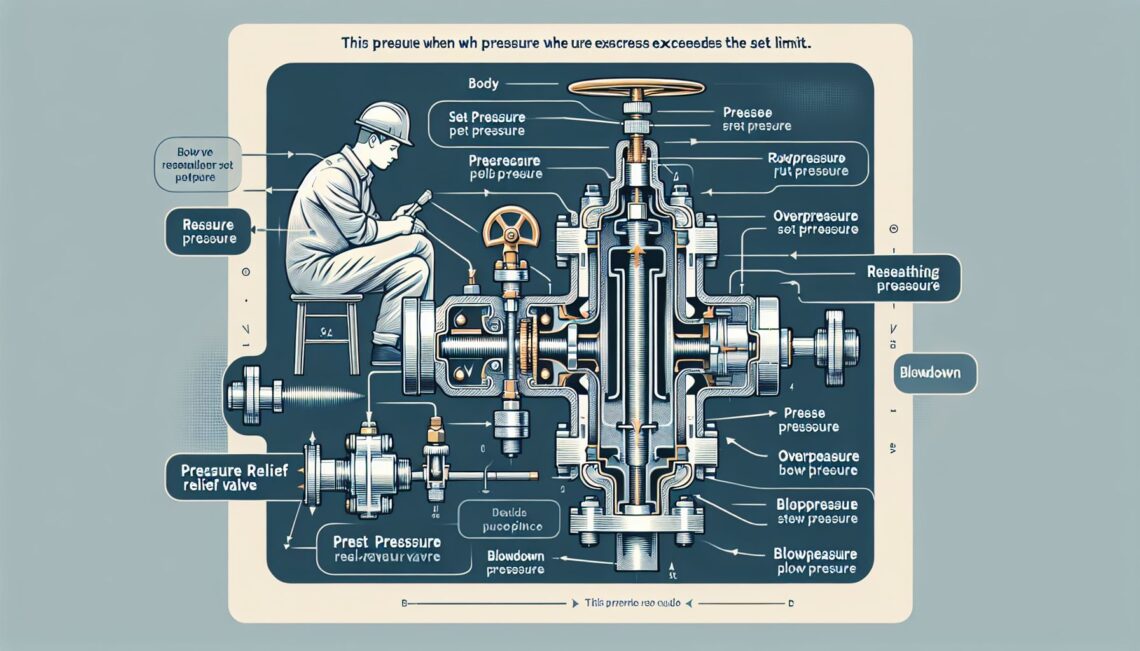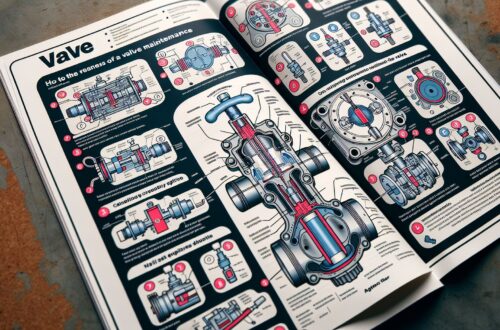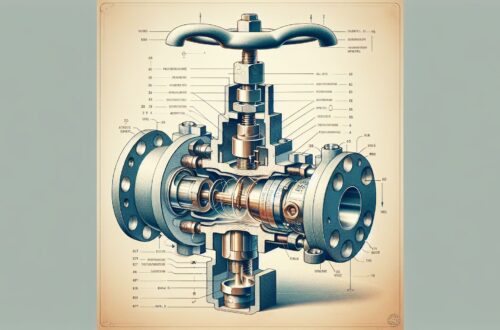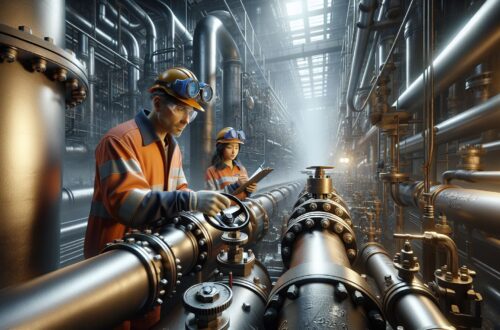
Pressure Relief Valves: Your Essential Guide
When it comes to industrial applications, there are few pieces of equipment as vital as a proper pressure relief valve. Not only do they prevent overpressure that could result in damaging consequences, but they could also mean the difference between life and death in the work environment. Therefore, understanding their functionality, specifications, installation, maintenance, and repair could not be overstated. This article aims to delve into the world of pressure relief valves, shedding light on the crucial role they play in our daily lives.
What are Pressure Relief Valves?
A pressure relief valve (PRV) is a type of safety valve designed to control or limit the pressure in a system. This prevents potential problems caused by a build-up, such as rupture or explosion [^1^] It achieves by opening proportionally as the increasing pressure in the system reaches the design pressure of the valve [^2^].
What are the Types of Pressure Relief Valves?
There are different types of pressure relief valves, each with its unique application. This includes safety valves, relief valves, and safety relief valves. While they share common functionality of maintaining the system pressure, the difference lies in their use scenarios, construction, and operation methods [^3^].
How to Install a Pressure Relief Valve?
The installation of pressure relief valves must be proper to ensure their optimal performance. The installation guidelines can vary based on the manufacturer’s instructions, the type of pressure relief valve, and the application it’s used for [^3^].
Importance of Regular PRV Maintenance
Proper maintenance of these safety devices can ensure their reliability and increase their service life. Maintenance processes may involve regular inspections, functional testing, and condition monitoring to help identify any irregularities in the valve operation [^1^].
How to Repair and Replace a Pressure Relief Valve?
In a situation where a PRV starts to malfunction, it might require a repair or replacement. Some common signs of a failing PRV include excessive noise, leakage, and an inability to achieve or maintain the set pressure [^1^].
In conclusion, pressure relief valves play a critical role in ensuring the safety and efficiency of various industrial processes. Understanding their functionality, operation, and maintenance requirements can significantly enhance their longevity, reliability, and overall performance.
[^1^]: How a pressure relief valve works
[^2^]: Types of pressure relief valves
[^3^]: Pressure relief valve installation and maintenance




